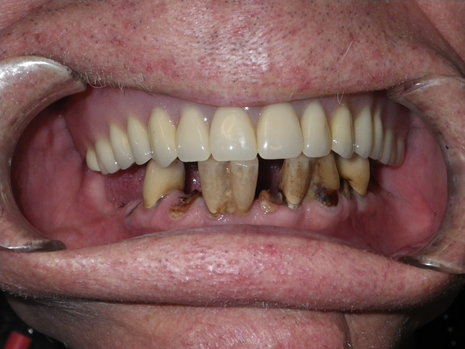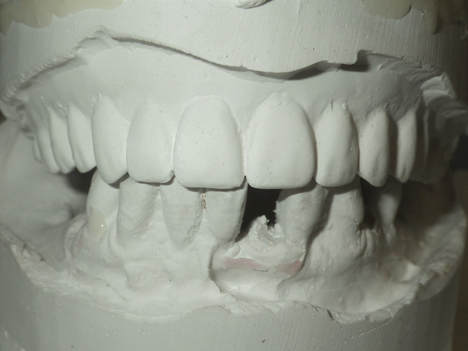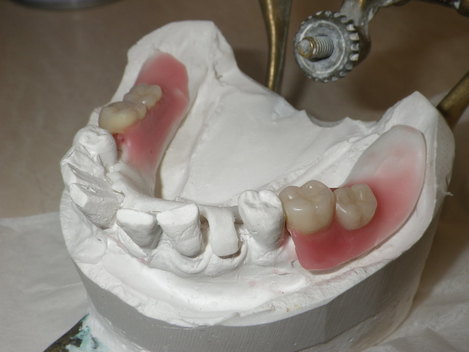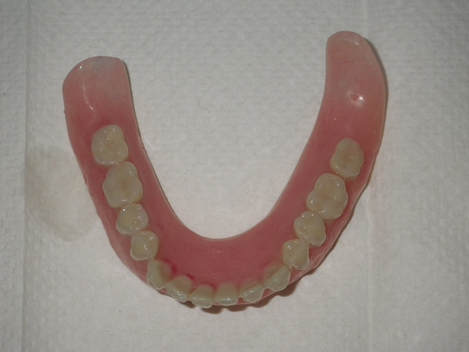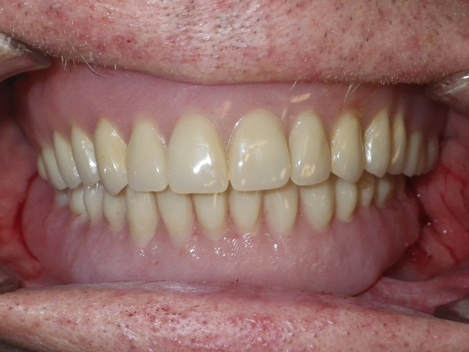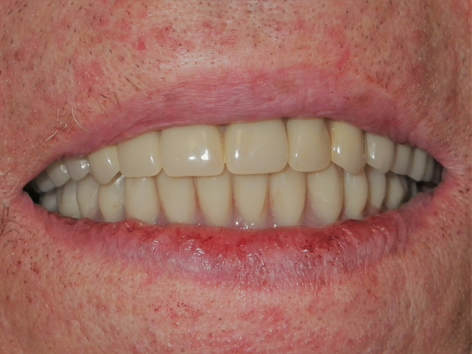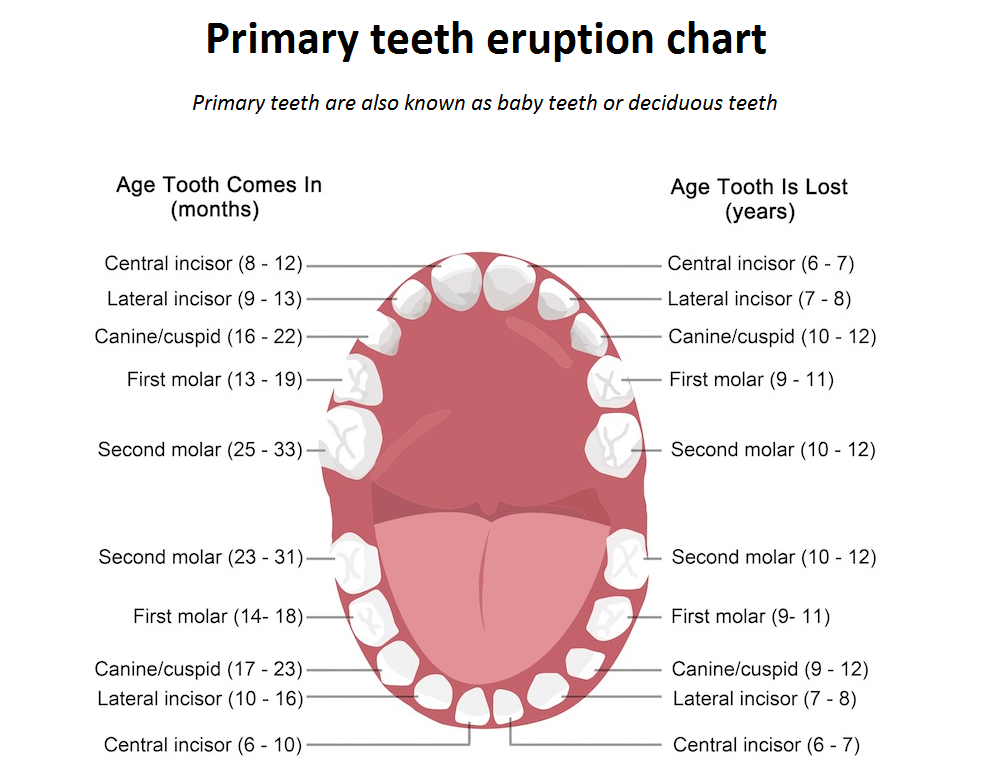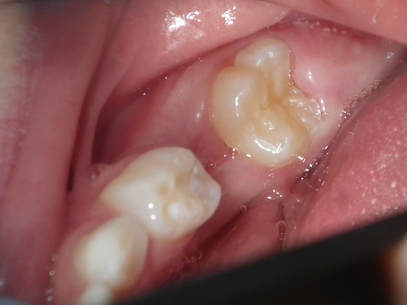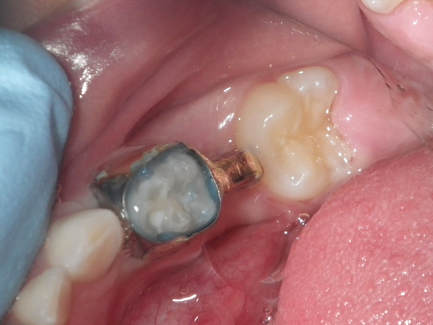|
What is an immediate denture? When a patient has many teeth that are non-restorable and require removal, this type of denture can be placed IMMEDIATELY after extraction of the teeth. This means that the patient will not have to leave the office with teeth missing. This is in contrast to removing teeth, waiting 4-6 months for bone healing and stabilization, followed by denture fabrication. Advantage: Your new teeth are ready on the day of surgery, and you may eat with it - simpler, smaller foods at first Disadvantage: The bone is healing underneath and is changing its anatomy following surgery, which may affect the fit of the denture over time. The patient above is an 81-year old with extensive history of smoking and poor hygiene. His lower teeth have been compromised by severe periodontitis (gum disease) and gross caries (cavities). He already has an upper complete denture. The prognosis of the lower teeth is deemed NON-RESTORABLE. Recommended treatment is full lower teeth extraction in conjunction with a lower immediate denture. Impressions of his upper and lower jaw were taken, which are sent to our dental laboratory. They then create stone models of his dentition. The lab creates a try-in denture, in which some of the teeth are set in wax and acrylic to try in the patient's mouth and confirm fit. This try-in denture fit the patient's upper teeth and his bite perfectly. After confirming the fit of the try-in denture, the lab removes all teeth on the stone model, which simulates the planned tooth removal. They set the REMAINING teeth onto the denture and fabricate the FINAL denture to be delivered on surgery day. Surgery day. After extracting all the non-restorable teeth, the lower immediate denture is immediately placed. This patient will leave our office with a full set of teeth! Post-operative instructions:
1. Sleep with the denture in place to compress the surgery site and help with healing/recovery 2. NO SMOKING FOR AT LEAST 3 DAYS - to prevent dry socket formation and reduce chance of infection 3. Eat soft, simple foods that are easy to consume, like soup or mashed vegetables 4. Sore, painful spots may develop, like a new pair of shoes that are too tight. Continue to use the denture so that a sore spot becomes visible; your dentist will now know exactly where to adjust the tight spot 5. It takes practice getting comfortable with your denture. Practice speaking and eating so your mouth and tongue can adjust 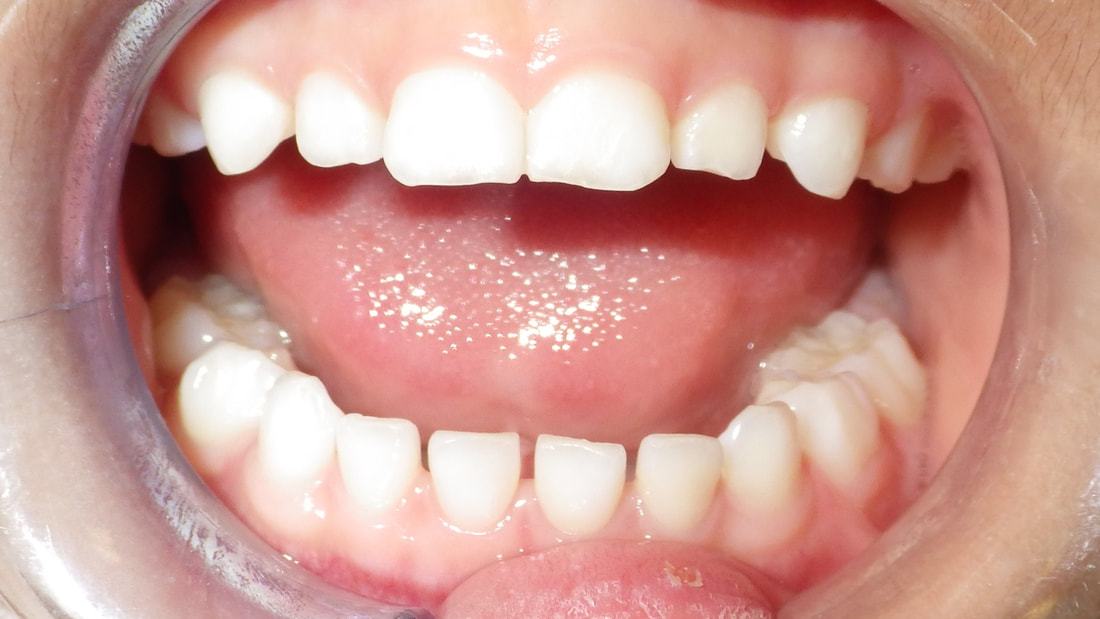 As most of us know, we are born with baby (primary) teeth, which give way for our adult (permanent) teeth. This is how the tooth fairy stays in business when parents put their kids' baby teeth under the pillow! However, what most parents need to know are that baby teeth are important placeholders for the adult teeth. Baby teeth shouldn't fall out (exfoliate) at ANY time, they need to fall out at SPECIFIC times to allow the adult teeth to grow and emerge (erupt) from the gums properly. As stated above, baby teeth maintain the space required to allow the adult teeth enough room to grow. This is why spacing between baby teeth is great, since adult teeth are bigger and need space to enter. However, sometimes baby teeth exfoliate earlier than expected. There is a genetic component, as well as hygiene and diet component. This patient is a 6-year old who lost his 2nd primary molar unexpectedly, leaving a large gap. As the chart above shows, this tooth should not exfoliate until he is at least 10 years old! Because he is still growing, his bone and teeth are constantly changing and moving, which means the big permanent 1st molar in the back (his adult tooth) is going to tip forward and close the gap. Why is this bad? It means the permanent 2nd premolar will be blocked underneath because there won't be enough room to grow. He will have orthodontic problems as he ages if the tooth remains blocked. What should parents do when this happens? Timing is everything. The adult tooth will immediately start to close the gap, so children need to see the dentist ASAP.
In this case, we placed a device called a space maintainer - it maintains the gap to stop the tooth from tipping and allows space for the permanent tooth to grow. We cemented this device with a blue orthodontic cement for ease of visibility. This device can be removed when the permanent tooth below erupts, or when the baby tooth itself exfoliates in the future. TIP FOR PARENTS: Please keep an eye on your child's teeth! Early intervention in their dental health means a more beautiful, healthier smile as they grow! |
AuthorDr. Mat and Dr. Jen will occasionally post cases or pictures from our office! Archives
August 2023
Categories |
Photo from Michael Dunn~!
